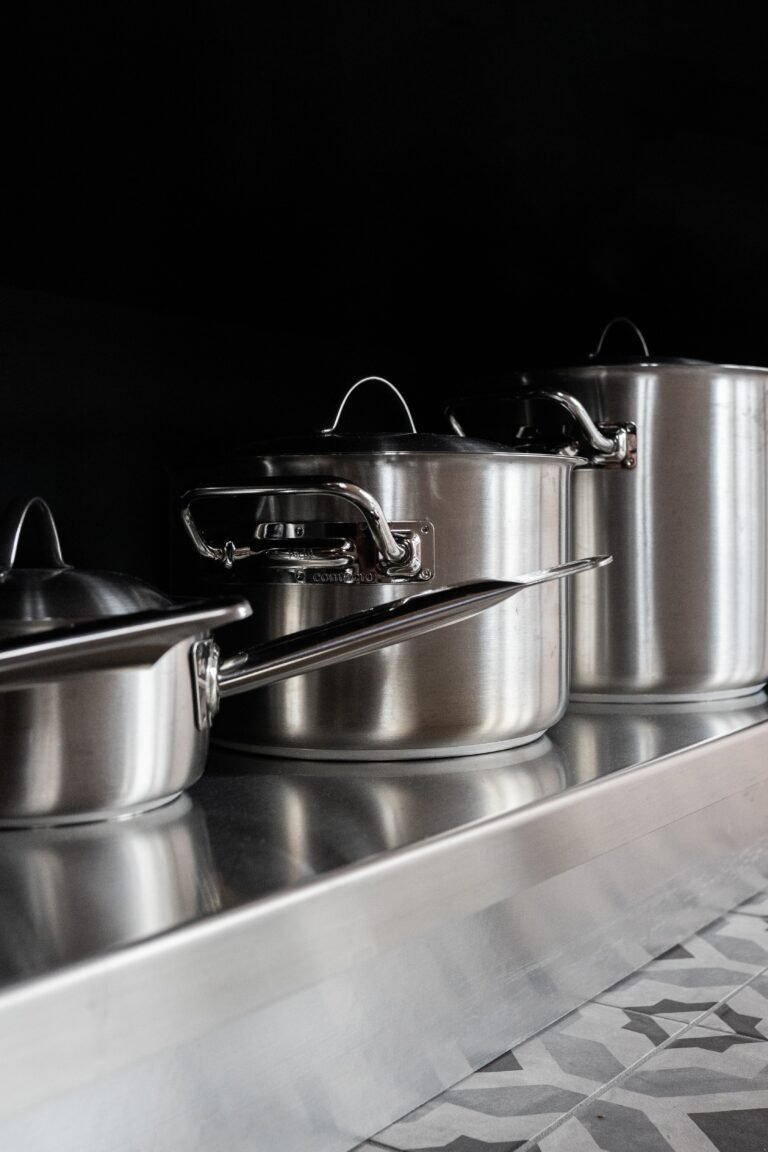A Guide to Indoor Plant Propagation
You’ve fallen down the Instagram houseplant rabbit hole. We’ve all been there. I know I have. Scrolling through images of urban loft living spaces with white tiled walls and shelving full of houseplants. And you want it. Now!
Well, I can’t find you an affordable loft apartment or tile your warehouse-style living room, but I can fix you up with top tips on how to propagate your own Instagram-worthy plants.

“When it comes to houseplants, there are few things more pleasurable than the alchemy of propagating your own plants.”
Look closer at the images and you’ll likely see plants repeated, adding rhythm and creating that coherent, curated look.
But rather than buying lots of the same plants, you can easily and enjoyably increase your stock of plants at home for free (well, almost free!).
Whether you’re using water or compost, cuttings are surprisingly easy to do, and you don’t have to watch eight back-episodes of Gardener’s World to learn how!
A few helpful pointers will help boost your chances of success.

Cuttings
So many houseplants lend themselves to propagation from cuttings, such as Philodendrons and Scindapsus’.
You can even take cuttings of Monstera deliciosa; you just need a really big container! But my all-time favourite is Pilea peperomioides, the Chinese Money Plant. These little upright plants with coin-shaped leaves, borne on springy leaf stalks, readily form offshoots from the main plant stem or from underneath the surface of the soil and either work beautifully.
“You can propagate indoor plants from cuttings at any time of the year…”
Shop Your House
Shop your house and you’ll most likely find everything you need without having to spend a cent. Cuttings should be taken using sharp, clean scissors or a knife.
I favour a knife every time because it avoids the crushing action of scissors.
If you’re propagating with water, anything will do the trick, from a humble jam jar to an Instagram-worthy piece of glassware from which to show off your progress!
A few small plant pots and some open, free-draining compost will be perfect for starting cuttings and for potting on.
Ideal Size
You can propagate indoor plants from cuttings at any time of the year, but the plant’s growing season is best as it’ll be bursting with energy and raring to go.
Give shoots time to grow and develop before cutting them, avoiding the temptation to separate them from the mother plant too early. The ideal size depends on the plant, with two to three inches being just about right for a small plant such as Pilea.

Nodal Cuttings
Now is the time to show off your horticultural skills. Having selected your shoot, make a clean cut to remove it from the plant.
Then, leaving a few of the leaves on, cut it to size. Make that cut just below the ‘joint’ where a leaf or leaves join the stem.
This is called a ‘node’ and this is where the plant’s in-built hormonal response magic will kick off, quickly forming roots. These are called ‘nodal cuttings’—something to drop casually into conversation when chatting with friends (you can thank me later).
Finally, remove any leaves that will end up submerged in the water or soil so that they don’t rot.
Then simply place the cutting in a container of fresh water placed in a bright spot, but away from direct light. Refresh the water every week and wait for roots to develop.
These often form in as little as two weeks if the cutting is taken during the plant’s growing season.
Once your cutting has developed its own root system it’s ready to be potted up.
“Before long you’ll have a houseplant collection that will fill you with pride…”
Part-fill a small pot with compost and place your new baby plant into it. Gently settle more compost around it, all the while trying to minimise damaging the fragile roots.
Then water the pot and allow the baby plant grow, flourish, and become part of your ever-increasing plant collection!
You can also root your cutting in an open, free-draining compost if you prefer, placing the cuttings into the compost around the edge of the pot. Dip the cut end of the stem into some rooting powder before doing this to give it an extra root-building boost.
The cuttings will need a little extra TLC so that they don’t lose moisture and wilt. You can mist them regularly or cover the pot with a polythene bag until their roots have developed. A very gentle pull on each cutting after a few weeks will tell you whether this has happened.

When it comes to houseplants, there are few things more pleasurable than the alchemy of propagating your own plants. So, give it a go and with the money you’ve saved, you can splash out on that stand-out statement houseplant you’ve been lusting after. Before long you’ll have a houseplant collection that will fill you with pride, and everyone else with the best kind of envy!
Pilea Peperomioides – Chinese Money Plant

Clay: The Contemporary Botany Company
We lovingly curate a selection of indoor plants & handmade pots. Delivered across Dublin and Nationwide.


